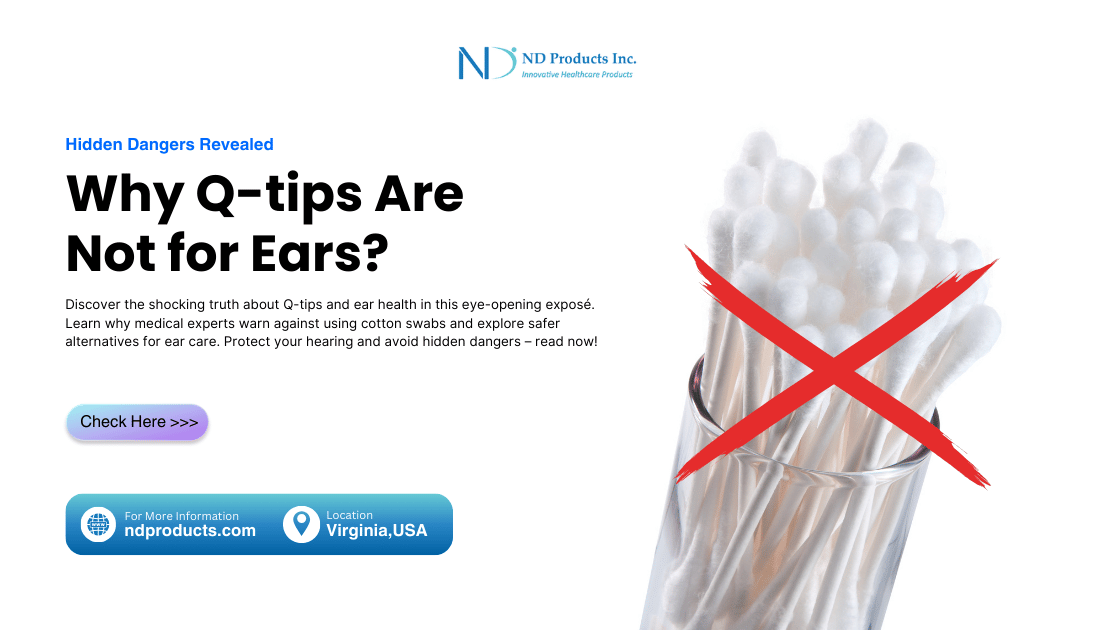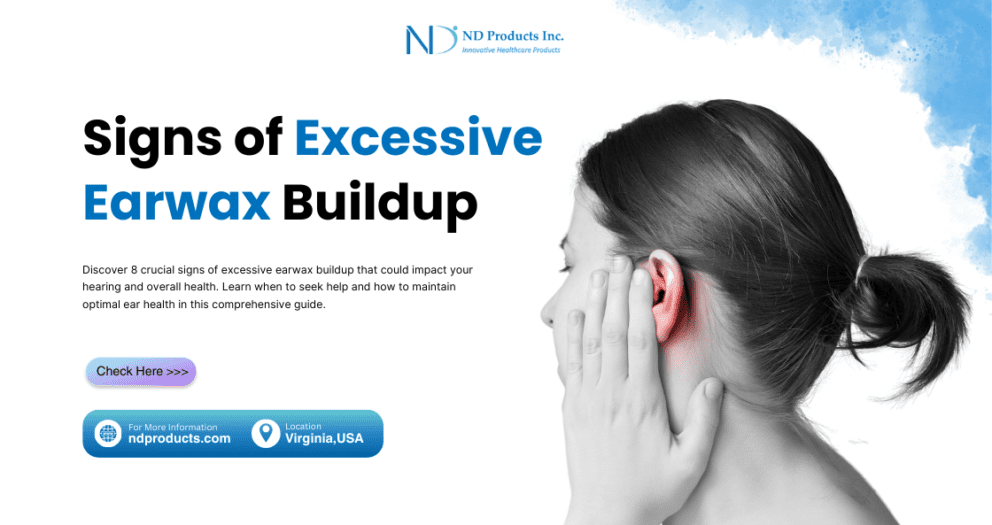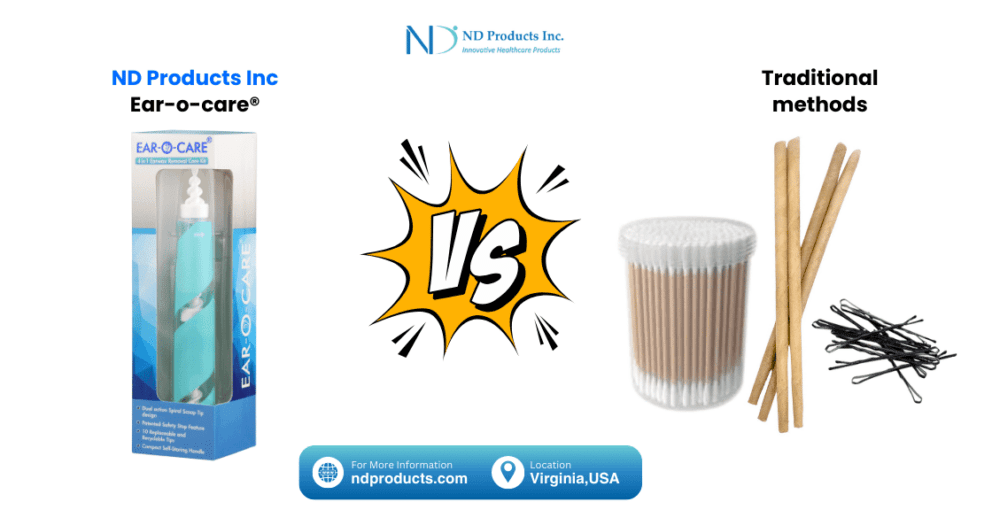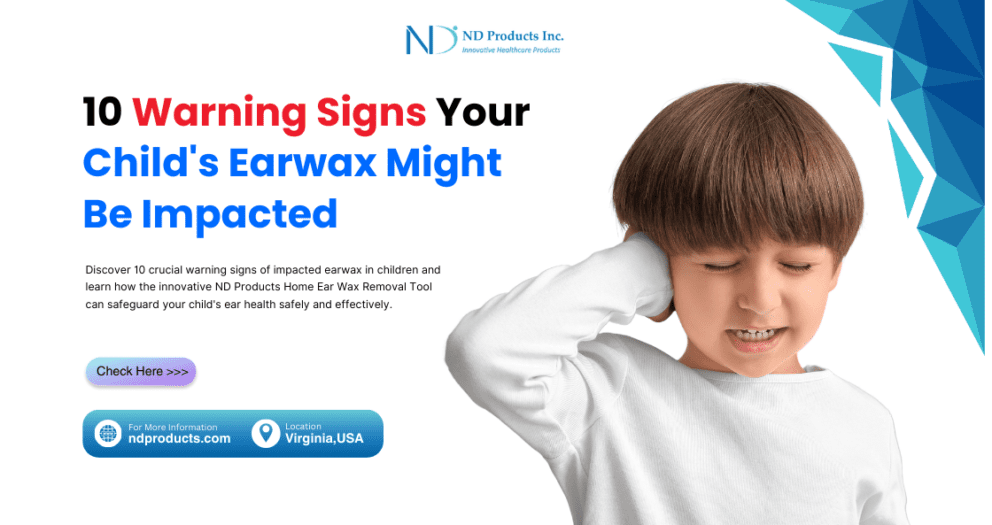Introduction
We all know the feeling – the urge to grab a Q-tip and clean our ears. It’s a habit many of us picked up as kids. But what if I told you this innocent act could harm your hearing and health? Get ready for some surprising facts about ear hygiene and why Q-tips aren’t good for your ears.
In this eye-opening piece, we’ll uncover the hidden dangers of cotton swabs and explain why doctors are warning against their use. So, put down that Q-tip, and find out why it’s time to ditch this risky ear-cleaning habit for good.
The Shocking Truth of Q-Tips
The Risk of Eardrum Perforation
Let’s kick things off with a pop! One of the biggest dangers of using Q-tips in your ears is the risk of perforating your eardrum. That’s right – you could poke a hole in one of your most delicate sensory organs!
The eardrum, or tympanic membrane, is a thin and sensitive structure crucial for hearing. When you put a Q-tip into your ear canal, you’re basically using a tiny battering ram near this fragile membrane. One wrong move or sudden jerk, and bam! You could end up with a perforated eardrum.
The Earwax Paradox: You’re Making It Worse!
Here’s a twist: using Q-tips to remove earwax actually makes the problem worse! It sounds strange, but let me explain.
Your ears are self-cleaning. They have their own system working around the clock. Earwax, or cerumen, traps dust, debris, and harmful bacteria, keeping them away from your eardrum. As you talk, chew, and move your jaw, this wax naturally moves out of your ear canal, taking the trapped stuff with it.
When you use a Q-tip, you disrupt this process. Instead of removing the wax, you likely push it deeper into your ear canal, where it can build up and cause issues.
The Itch You Can’t Scratch: Irritation and Infection
Ever notice how using Q-tips makes your ears itch more? It’s not just in your head – you’re stuck in a cycle of irritation!
The skin in your ear canal is very delicate. When you use a Q-tip, you cause tiny scratches and dryness leading to irritation, inflammation, and even infection. This makes your ears itch, tempting you to use the Q-tip again, continuing the cycle.
Worse, these tiny scratches can invite bacteria. Dr. Lisa Patel, an infectious disease specialist, warns, “The warm, moist environment of the ear canal is perfect for bacteria. When you injure the skin with Q-tips, you make it easy for infections like otitis externa, or swimmer’s ear, to develop.”
The Silent Threat: Impacted Earwax
Remember how using Q-tips can push earwax deeper into your ear canal? That’s not just a small problem – it can cause impacted earwax, and it’s as bad as it sounds.
Impacted earwax happens when wax builds up and blocks the ear canal. This can lead to:
- Muffled hearing or hearing loss
- Tinnitus (ringing in the ears)
- Dizziness
- Ear pain
- Feeling of fullness in the ear
The Balance Buster: Vertigo and Dizziness
Your ears do more than help you hear – they also help you stay balanced. Inside your inner ear, there are fluid-filled canals that help your brain understand your body’s position. Using a Q-tip can disturb this delicate system.
Vigorous Q-tip use can sometimes cause a condition called benign paroxysmal positional vertigo (BPPV). This happens when tiny calcium crystals in your inner ear get dislodged and move into the wrong part of the ear canal, causing sudden, intense dizziness and vertigo.
The Hidden Cost: Long-term Hearing Damage
While the immediate risks of using Q-tips are troubling, the potential for long-term hearing damage is even more concerning.
Every time you use a Q-tip, you risk damaging your delicate hearing structures. Over time, frequent use can lead to:
- Ongoing irritation of the ear canal
- Thinning of the skin in the ear canal, making it more prone to injury and infection
- Damage to the tiny hair cells in your inner ear that are crucial for hearing
Frequently Asked Questions:
Q1: If I don’t use Q-tips, how should I clean my ears?
A: Here’s the deal – your ears don’t actually need cleaning frequently. For some people, just wiping the outer ear with a damp cloth while you shower is enough. If your ear produce excessive earwax use a safe earwax removal kits weekly or biweekly. If you have already compacted your earwax with compromised hearing see your doctor who can safely remove it or suggest the right at-home methods.
Q2: What about the satisfying feeling I get from using Q-tips?
A: The pleasant sensation you get from Q-tips is actually because you’re stimulating nerve endings in your ear canal. Even though it feels good, it’s not worth the risks. Try finding other ways to satisfy that urge, like 360 soft spiral scalp massages by safe products such as Ear-O-Care.
Q3: I’ve been using Q-tips for years without any problems. Why should I stop now?
A: Even if you haven’t noticed any issues, damage can still be happening. Risks from Q-tips, like hazards of accidental pressure, hearing loss or side effects on the ear canal skin, build up slowly over time. It’s never too late to switch to safer ear care habits and protect your hearing for the future.
Q4: What can I use to get water out of my ears after swimming?
A: Instead of Q-tips, try tilting your head to the side and gently pulling on your earlobe to help the water drain out. You can also use a hair dryer on the lowest setting, keeping it about a foot away from your ear. If you swim often, consider using swimmer’s earplugs to keep water out in the first place.
Q5: My doctor uses cotton swabs and other tools during check-ups. Isn’t that the same thing?
A: Doctors use special tools safely and can see inside your ear canal clearly. They know exactly how far to go without causing harm. This is very different from using a Q-tip at home, where you can’t see what you’re doing and risk injury.
The Road to Healthier Ears: Safe Alternatives and Best Practices
Now that we’ve hopefully convinced you to avoid Q-tips, let’s talk about how to take care of your ears.
Don’t interrupt your natural earwax production: For most people, ears do a good job of cleaning themselves while moving towards the outer ear canal.Trust this natural process and avoid using cotton swab that may push it back in the ear.
Clean the outer ear safely: Use a soft, damp cloth to gently wipe the outer part of your ear after you shower. This is usually enough to keep your ears clean.
Try ear safe earwax removal kit: If you think you have too much earwax, use an over-the-counter kit that has safety feature and does not push earwax deeper. sure to follo
Watch for ear health issues: Notice any changes in your hearing, persistent discomfort, or frequent ear problems. If you’re concerned, don’t hesitate to see a healthcare professional.
Protect your ears: Wear earplugs in noisy places and when swimming to keep water out. This helps reduce the need for cleaning and keeps your ears healthy.
Conclusion:
As we’ve explored, Q-tips can be much more harmful than they seem. From the risk of damaging your eardrum to long-term hearing problems, the potential dangers outweigh any benefits.
By stopping Q-tip use and adopting safer ear care methods, you’re not just avoiding risks – you’re also taking steps to protect your hearing for the long term. Your ears are amazing and usually need little help to stay healthy.
So next time you’re tempted to use a Q-tip, remember the risks. Your future self will thank you for switching to safer ear care practices. Here’s to keeping your ears happy and healthy – without Q-tips!





